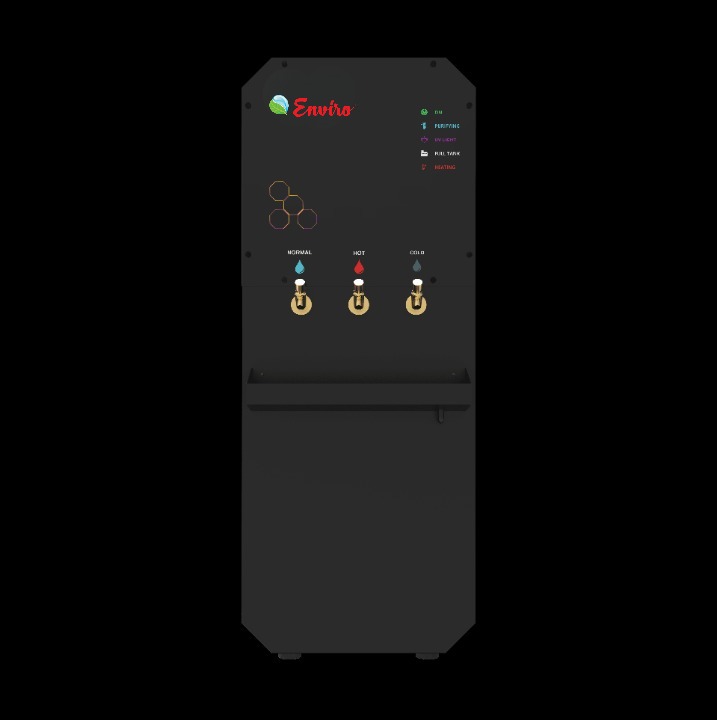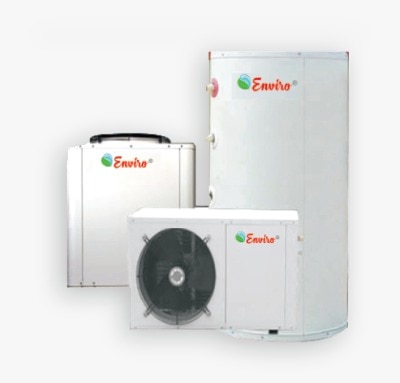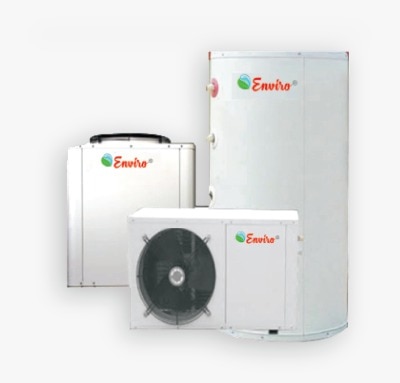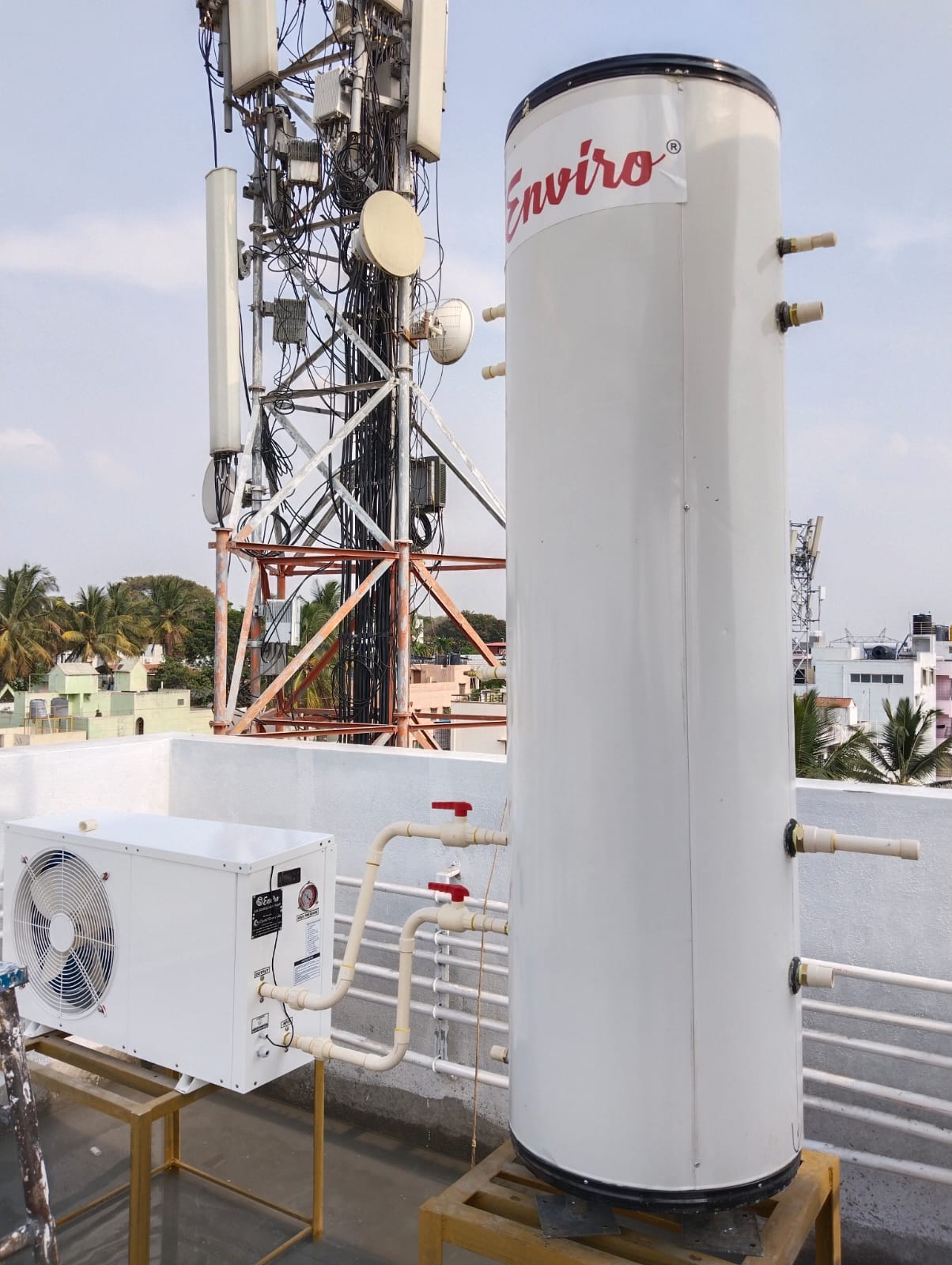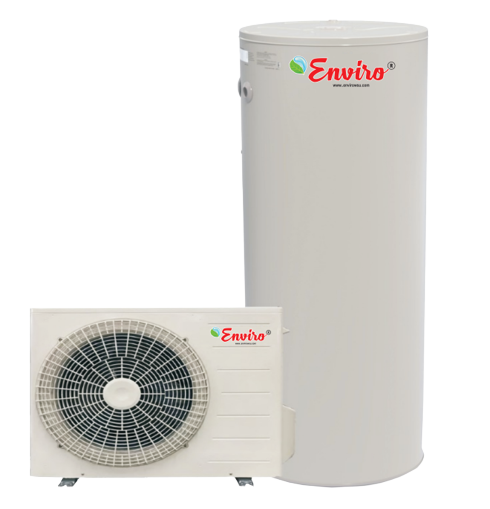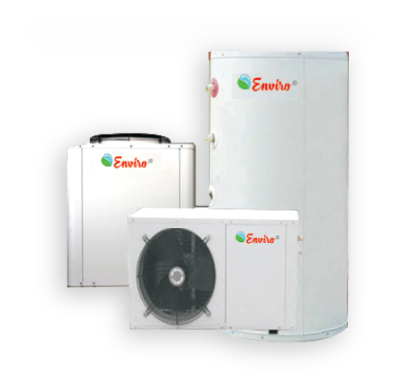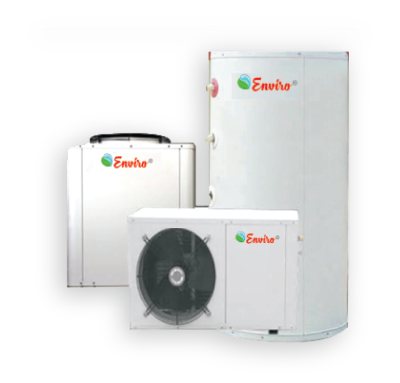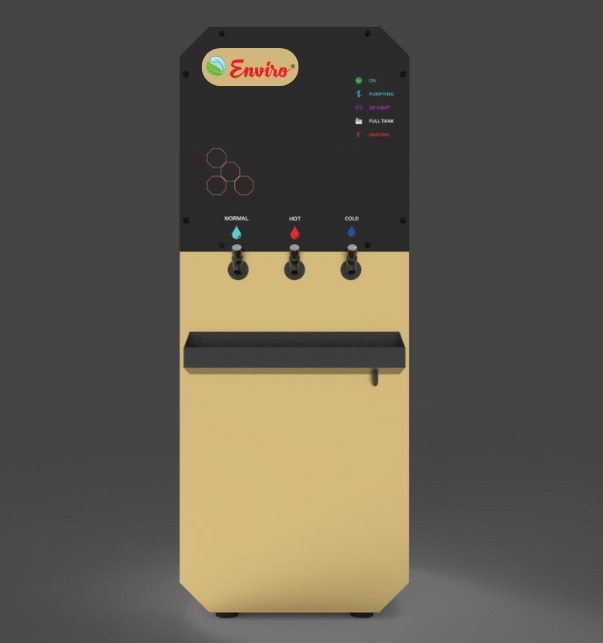Heat Pump Water Heater
An Air Source Heat Pump (ASHP) is an energy-efficient system that transfers heat from the outside air to either heat or cool indoor spaces. It operates on the principle of thermodynamics, using electricity to power a refrigerant cycle that absorbs heat from the air (even in cold temperatures) and transfers it into a building.
Key Components
Outdoor Unit: Contains a fan, evaporator coil, and compressor to absorb heat from the air.
Indoor Unit: Distributes the heat into the building, often through ductwork or a fan coil.
Refrigerant: Circulates between the outdoor and indoor units to transfer heat.
Expansion Valve: Regulates refrigerant pressure for efficient operation.
How It Works
Heating Mode:
The refrigerant absorbs heat from the outdoor air.
The compressor increases the temperature and pressure of the refrigerant.
Heat is released indoors via the condenser coil.
Cooling Mode (Reversible Heat Pumps):
The cycle is reversed, absorbing heat from inside the building and releasing it outdoors.
Advantages
Energy Efficiency: Provides more energy output compared to the electricity it consumes, often achieving efficiencies of 300% or higher.
Lower Carbon Footprint: Reduces reliance on fossil fuels when powered by renewable electricity.
Versatility: Can be used for heating, cooling, and sometimes water heating.
Year-Round Operation: Works in a wide range of climates, though efficiency may decrease in extremely cold temperatures.
Disadvantages
Initial Cost: Higher upfront installation costs compared to traditional heating systems.
Performance in Cold Climates: May require a supplemental heating source in extreme cold.
Space Requirements: Needs an outdoor unit with good airflow.
Applications
Residential, commercial, and industrial heating and cooling.
Often integrated with solar panels for further energy savings.
ASHPs are a popular choice for eco-friendly heating and cooling, especially as part of efforts to reduce carbon emissions and reliance on fossil fuels.
Send Message
